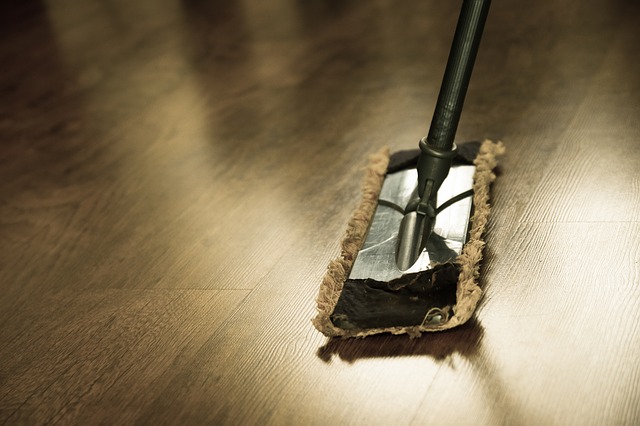How to Combat Indoor Toxins and Make Your Home Safer
The idea that there could be hidden nasties in our home, toxins that could make us ill, can be a big worry. Often, they are present but don’t cause any real problems. But there are situations where levels may increase, or people may be particularly vulnerable to them. So what can you do to combat these toxins and make your home safer?

Common toxins
Mould is nasty stuff that can build up for a number of reasons. Dampness and too much moisture in the home is a top one as well as mould growing on food in crevices along the side of benches or under the fridge. There are lots of types of mould that grow on different things, but all can give out spores that can cause nasty allergic reactions.
Mention dust mites and most people will start itching – it is an instinctive reaction. Dust mites are found mostly on fabric and in carpets rather than on people. They feed on dead skin that falls off people and from pet dander. They can be hard to spot and can cause problems for people when they are present, especially ins something like your mattress.
Cleaning products help to handle problems but chemicals in them can also cause them. Disinfectants, aerosol sprays, cleaners and pesticides can all have chemical-based elements that can cause a bad reaction. They can also even contain elements such as triclosan – this reacts to UV light to create the phenomenon known as indoor smog.
How to combat indoor toxins
These are just a few of the most common toxins that we introduce or let into our homes. But there are also lots of easy ways to combat them.
- Use a doormat
Doormats are placed immediately inside every door in the house that leads from outside and can catch a lot of those nasties to stop them being tracked into the house. Don’t forget to regularly vacuum them to make sure the nasties are removed and don’t get the chance to spread.
- Use the vacuum and mop regularly

Both your vacuum cleaner and wet mop are your friends when it comes to removing toxins. Many vacuum cleaners have filters to help grab these toxins and a simple wet mop of a floor helps remove debris that toxins can be found within.
- Wipe down surfaces
Again, warm water and a cloth are all you need to remove any debris or dust that is accumulating on surfaces. This is the kind of spots that mould can grow so by removing its food source, you can combat the problem.
- Avoid chemical cleaners

If you can avoid chemical cleaners, you can reduce the risk of a reaction. Instead look at natural cleaners such as lemon juice, apple cider vinegar, baking soda or even just warm water to get the job done.
Get some help
There are also other ways to monitor the home and spot potential problems. Radon and carbon monoxide detectors can be lifesaving, spotting those invisible gases that can cause health problems and even be fatal in extreme cases.
A humidity tester can help you achieve the ideal of 30-50% humidity in the home. Too high and dampness is a problem while too low and the home is dry and unpleasant.
Finally, look at the ventilation of the house. Kitchens and bathrooms are top culprits for creating situations where toxins can be found so look at fans and other ways to ventilate the space.
Conclusion
Cleaning up the air in your home doesn’t have to be complex. There are lots of little steps to take and equipment to get to help. Then you can avoid those nasty toxins and be happy and healthy at home.
